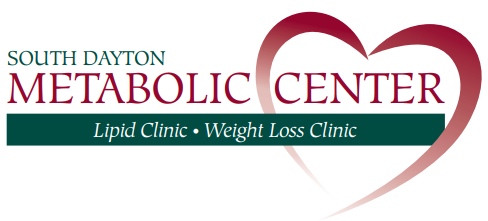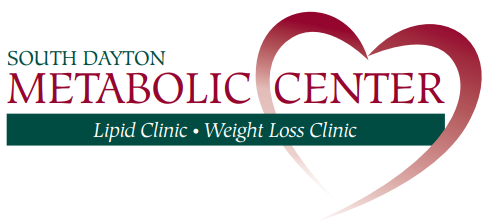The Impact of Time Restricted Eating and Sugar Restriction
Recently, the medical journal, Nutrition published the findings of study looking at the impact of time restricted eating and sugar restriction on fatty liver disease.
Fatty liver disease (also referred to as Non-Alcoholic Fatty Liver Disease or simply NAFLD) is very commonly seen in patients with prediabetes or diabetes, high triglycerides and/or metabolic syndrome. It is a leading cause of cirrhosis in the United States, and is now the second most common reason for liver transplantation, surpassing hepatitis C in 2016. NAFLD is frighteningly common, affecting over 1/3 of Americans, a whopping 70% increase over the last 30 years. Drug therapies have had mixed results at best, and currently there are no FDA approved medications to treat fatty liver disease.
Because drug treatments are limited, the mainstay of treatment requires lifestyle changes. The results of this clinical trial shed some light on what types of changes seem to be most effective. This trial looked at 2 groups of patients with fatty liver disease. In the first group they asked patients to practice time restricted eating (also known as TRE- which is fasting for 16 hours straight, then eating during an 8 hour window). In addition, they were asked to restrict the intake of sugar to about 20 grams per day. This focused on sugar that was added to foods/drinks (like soda, sports drinks, coffee, processed foods, baked goods etc) or naturally occurring sugars in honey, syrup and fruit juices. They didn't cut back on their intake of whole fruits however. No dietary changes were made in the other group. Importantly, both groups only slightly reduced their overall calories, but by similar amounts, and there were no changes in the activity levels of either group. So the only real difference between the groups was when they ate and how much sugar they ate. That's it!
The authors found that the low sugar/TRE group lost on average over 7 pounds in three months despite only a small reduction of calories, whereas the other group stayed the same weight. In addition, there were huge improvements in triglyceride levels, cholesterol, blood sugar and markers of inflammation seen only in the low sugar/TRE group. Most importantly, in blood work and on scans like ultrasounds the liver showed signs that it was healing itself!
So what should we take away from this? First, reversing fatty liver disease is within our control, and we can do it without medication! Also, relatively simple (though admittedly not necessarily easy) interventions can have a big impact on not just your liver fat, but also your overall metabolic health- shown by improvements in body fat, triglycerides, cholesterol, blood sugar etc. Lastly, this is yet another nail in the coffin of the concept that "a calorie is a calorie". These patients did not significantly reduce their calories, and did not start a new exercise routine. They simply changed when and what they were eating, leading to BIG results. While this pattern of eating may not work for every person, it gives us another tool in the tool chest to combat NALFD and cirrhosis

